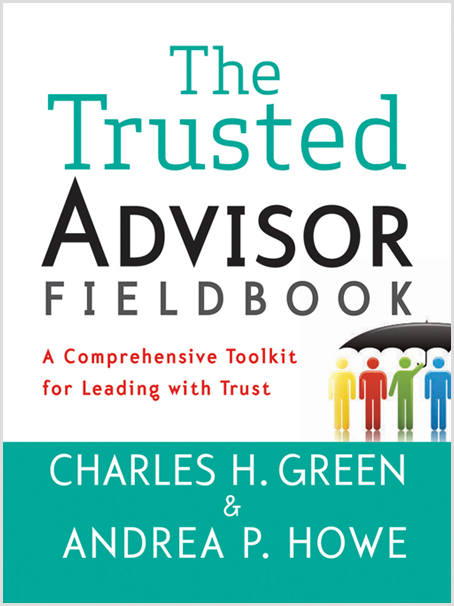This post is part of our Weekly Tips series.

Ten years ago, Charlie Green taught me a gem of a technique called Name It and Claim It. “Name It” means speaking those hard truths out loud, which then makes it OK for everyone to talk about them—that’s the “Claim It” part.
Name It and Claim It has four steps:
- Define the core issue, preferably in ten words or less. For example, “We’re not going to make the deadline.”
- Clarify your own concerns about raising the issue—in other words, why you’re reluctant to have this conversation. Let’s say you know in your heart of hearts that the issue should have been dealt with sooner, even though your team found numerous ways to rationalize the delayed communication. It’s just plain awkward, and maybe even a little embarrassing, to be dealing with it now.
[Tweet “How to be tough, tell the truth, and still build #trust: https://thegetrealproject.com/?p=4676 #getreal”]
- Craft one or more caveats to speak your fears out loud. A caveat is a short, emotionally honest statement that precedes the tough message. One version of a caveat in this example might be, “It’s awkward, and frankly embarrassing, to be telling you this so late in the game.”
- Combine the caveat(s) with the core issue. “It’s awkward, and frankly embarrassing, to be telling you this so late in the game. We’re not going to make the deadline.” Note it’s important that the caveat come first, because it serves as a warning to your recipient. (See another example here.)
Red alert: This technique seems simple to the point of being simplistic. Don’t be fooled. In some ways, Name It and Claim It really works because it is direct and simple. It’s also a remarkably powerful tool, when it’s used with authenticity and courage. That’s because it works multiple trust dimensions at once, and quickly:
- Your credibility increases because you’re being honest
- Your intimacy increases because you’re sharing your own emotions and inviting vulnerability
- You show low self-orientation by shifting the focus from your fear of speaking up to your commitment to serving the relationship. And serving the relationship is, after all, why it’s so important to get hard truths on the table.
If trust-building were a Swiss Army knife, Name It and Claim It would be one of its essential tools.
Don’t leave home without it.
Make It Real
This week, use the Name It and Claim It technique to have the conversations you’ve been avoiding. Convert the time and energy you’ve been using to worry about the issues (or pretend they don’t need to be addressed) into crafting your caveats—they make all the difference. What opens up for you and your relationships as a result?
Learn More

Find out why Name It and Claim It is like a vaccination, from our friends at Trusted Advisor Associates, or read more about when to Name It and Claim It in Chapter 9 of The Trusted Advisor Fieldbook.
Andrea Howe
Latest posts by Andrea Howe (see all)
- A lesson from my own trust “fail” in my first-ever client meeting - April 15, 2024
- Why choosing silence in the face of awkwardness can be a trust tragedy - March 21, 2024
- What NOT to do when you think you’re being ghosted - February 21, 2024
